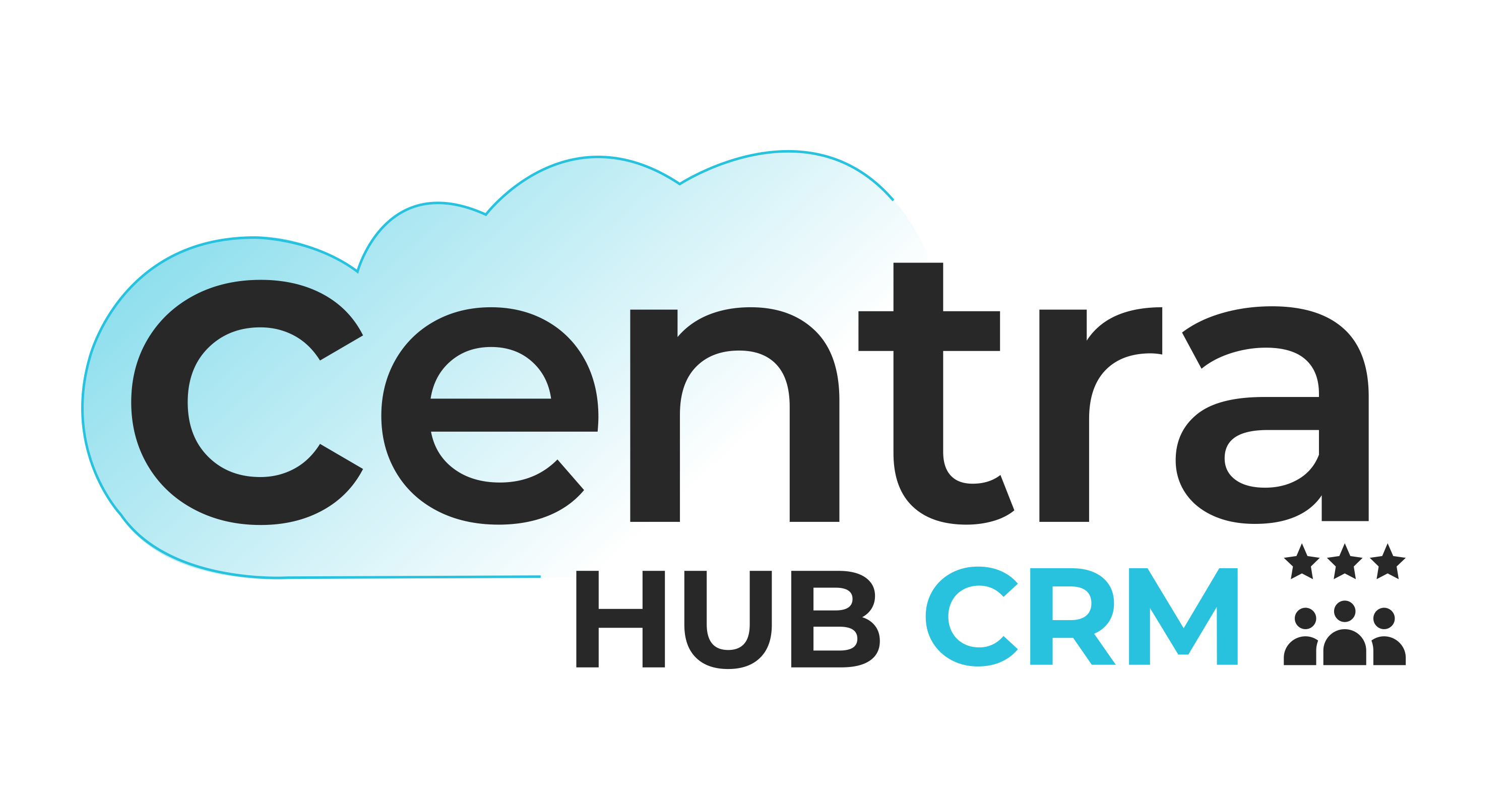Understanding Real-time Analytics
Real-time analytics refers to the ability to analyze data as it is generated or received, providing immediate insights into ongoing operations. Traditional analytics often involved batch processing, where data was collected and analyzed at a later time. However, in today's fast-paced business environment, the need for instant access to real-time insights has become crucial.
Real-time analytics enables organizations to make proactive decisions, respond swiftly to market changes, and optimize business processes effectively.
The Power of Data Analytics in ERP
Data analytics within an ERP system allows organizations to leverage their data in meaningful ways. By integrating real-time analytics capabilities into ERP software, businesses can gain valuable business intelligence, monitor key performance indicators (KPIs), and identify trends and patterns that would have otherwise gone unnoticed.
This powerful combination of ERP and data analytics empowers organizations to make data-driven decisions, drive operational efficiency, and achieve strategic goals.
5 Key Benefits of Real-time Analytics in ERP
Enhanced decision-making
Real-time analytics provides up-to-the-minute insights, enabling organizations to make informed decisions promptly. By accessing accurate and current data, businesses can respond to market trends, customer demands, and changing conditions swiftly.
Improved operational efficiency
With real-time analytics, organizations can identify bottlenecks, inefficiencies, and areas for improvement in their processes. This empowers them to streamline operations, reduce costs, and optimize resource allocation.
Proactive risk management
Real-time analytics helps businesses detect anomalies and potential risks in real-time. By identifying emerging issues promptly, organizations can take proactive measures to mitigate risks, protect their assets, and ensure business continuity.
Customer-centric approach
Real-time analytics enables businesses to gain deep insights into customer behavior, preferences, and trends. This information allows organizations to personalize customer experiences, target marketing efforts, and deliver exceptional service, ultimately fostering customer loyalty and retention.
Scalability and flexibility
Cloud ERP solutions offer the advantage of scalability, allowing businesses to handle large volumes of data without infrastructure limitations. Real-time analytics in cloud ERP systems ensures that organizations can adapt to evolving data requirements and scale their operations seamlessly.

Unlocking the True Value of Data
To unlock the true value of data through real-time analytics, organizations need to adopt a strategic approach. Here are some key steps to consider:
Define clear objectives
Identify the specific business goals and outcomes you want to achieve through real-time analytics. This could range from improving operational efficiency to enhancing customer satisfaction or driving revenue growth.
Select the right cloud ERP solution
Evaluate different cloud ERP providers and select a solution that aligns with your business needs. Look for built-in analytics capabilities and ensure that the system offers real-time data integration and processing.
Integrate data sources
Bring together data from various sources, both internal and external, to create a comprehensive view of your organization's operations. This may include data from ERP modules, CRM systems, IoT devices, social media platforms, and more.
Implement data governance
Establish data governance policies and procedures to ensure data accuracy, integrity, and security. Define roles and responsibilities, establish data quality standards, and implement measures to protect sensitive information.
Utilize visualization tools
Leverage data visualization tools to transform complex data into meaningful visual representations such as charts, graphs, and dashboards. This makes it easier for stakeholders to interpret and analyze data quickly.
Foster a data-driven culture
Encourage a data-driven mindset within your organization by promoting data literacy and providing training and resources to employees. Empower teams to use real-time analytics to make informed decisions and drive innovation.
Conclusion
Real-time analytics in ERP systems holds immense potential for organizations looking to unlock the power of data. Businesses can access up-to-the-minute data, which empowers them to adapt swiftly to changing market dynamics and make informed decisions that impact their bottom line.
To leverage these functionalities, businesses need the right ERP solution. Fill in the form to get expert help in selecting the best software solution for your business.







